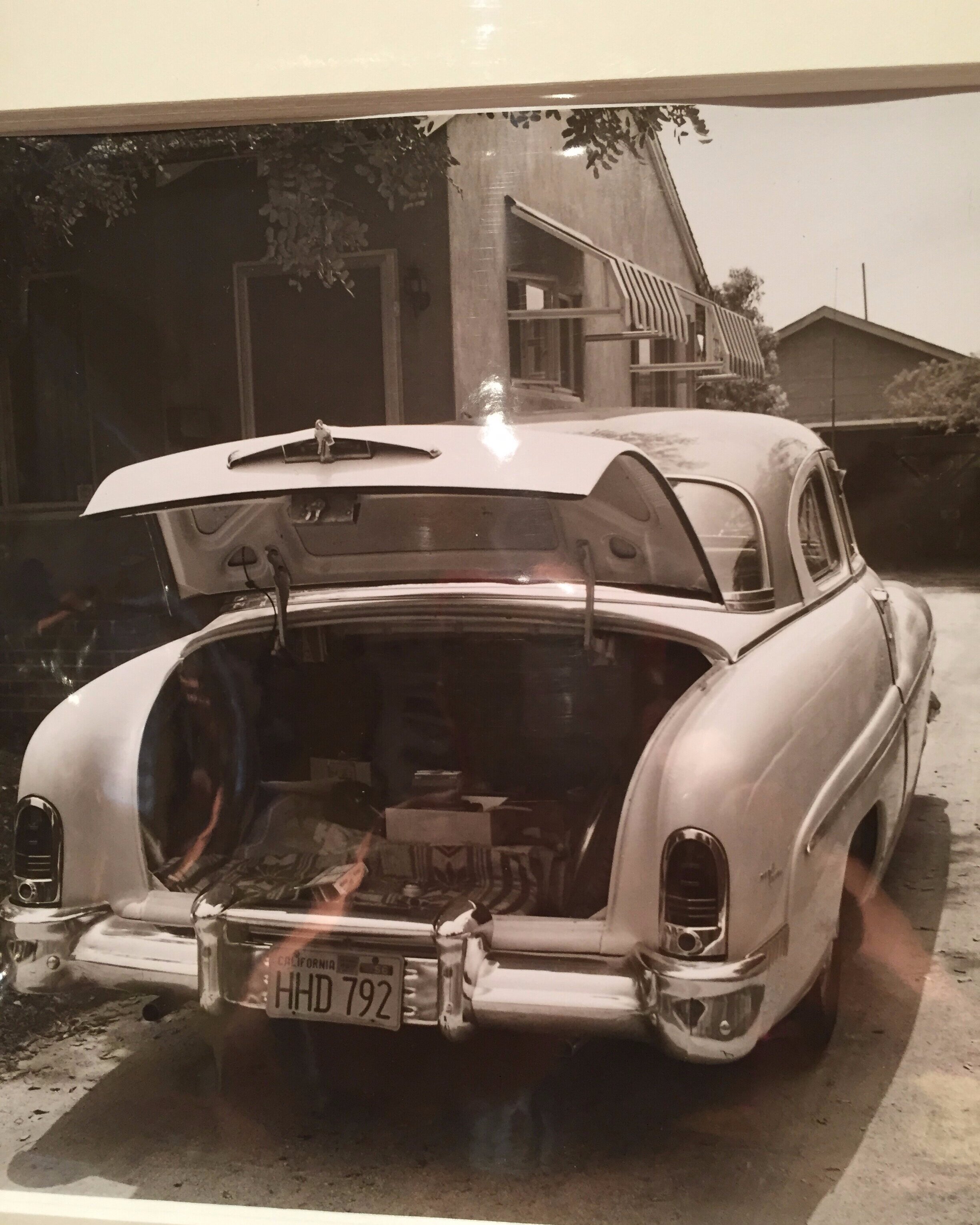Comparison may be the thief of joy but let’s face it. It IS discouraging when you feel yourself falling more and more behind while everyone else seems to be rushing past you.
You wouldn’t expect to drive your car with a dead battery. Yet, converting intentions to actions is similarly challenging without the strategies that keep your brain ready and willing to initiate tasks. You’ve got to figure out what works for you, flip all those preconceived notions of what should work upside down, and step over them.
The dictionary defines the word jump-start as “adding impetus to something that is proceeding slowly or at a standstill.” Where do I find the impetus to move into action? Shifting my perspective is essential. Connecting any task, no matter how small, to my larger life goals and what I value gives it a little sparkle. And sometimes that is all I need to move into action. Other times, I need a lot more than that. And certainly, I need to remember why I started something to keep moving forward.
Making sure I am primed and ready for each day is like maintaining my car so that it runs smoothly.
When I first learned to drive, checking the oil, checking tire pressure, and washing windows were standard operating procedures EVERY time I filled my tank with gas. And I never let my fuel gauge fall below a quarter tank. Well, at least not after I learned that lesson the hard way.
image used with permission by James Michael Raphael
When those of us with ADHD feel sluggish or stalled, it may be time to run a quick autobody check.
Do you have enough fuel? Are you rested, have you eaten, are you hydrated? Did you take your medication? Have you been sitting too long? Would it help to get up and move around for 15 minutes? For some of us, peak mental power follows physical exertion. If you’re one of those people, schedule your day with this in mind.
Is there one task you’ve been avoiding? Imagine doing it first to free yourself from dread & worry. Connecting to courage may add enough sparkle to make the task palatable & the first step possible. Once in action, you may even have difficulty shifting focus away from that task.
Making the connections from our heads to our hearts can be a powerful way to shift perspective and move into action. Knowing what is important to you, how you work best, and how to get your motor up and running, are more important than doing things like everyone else.
If you’re still running sluggishly with these strategies, it may be time for a deeper look at your operating systems. Let’s explore this together.




